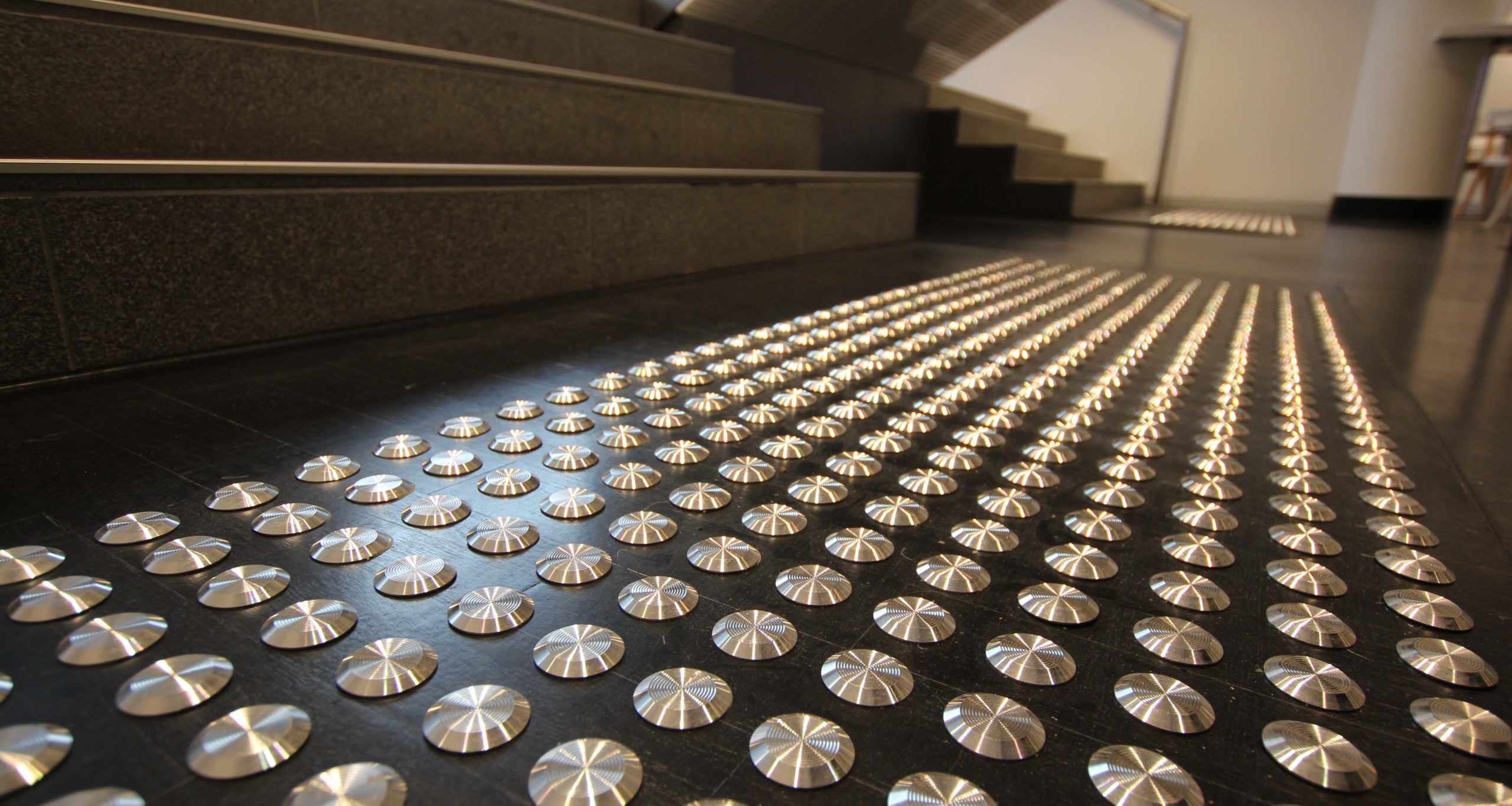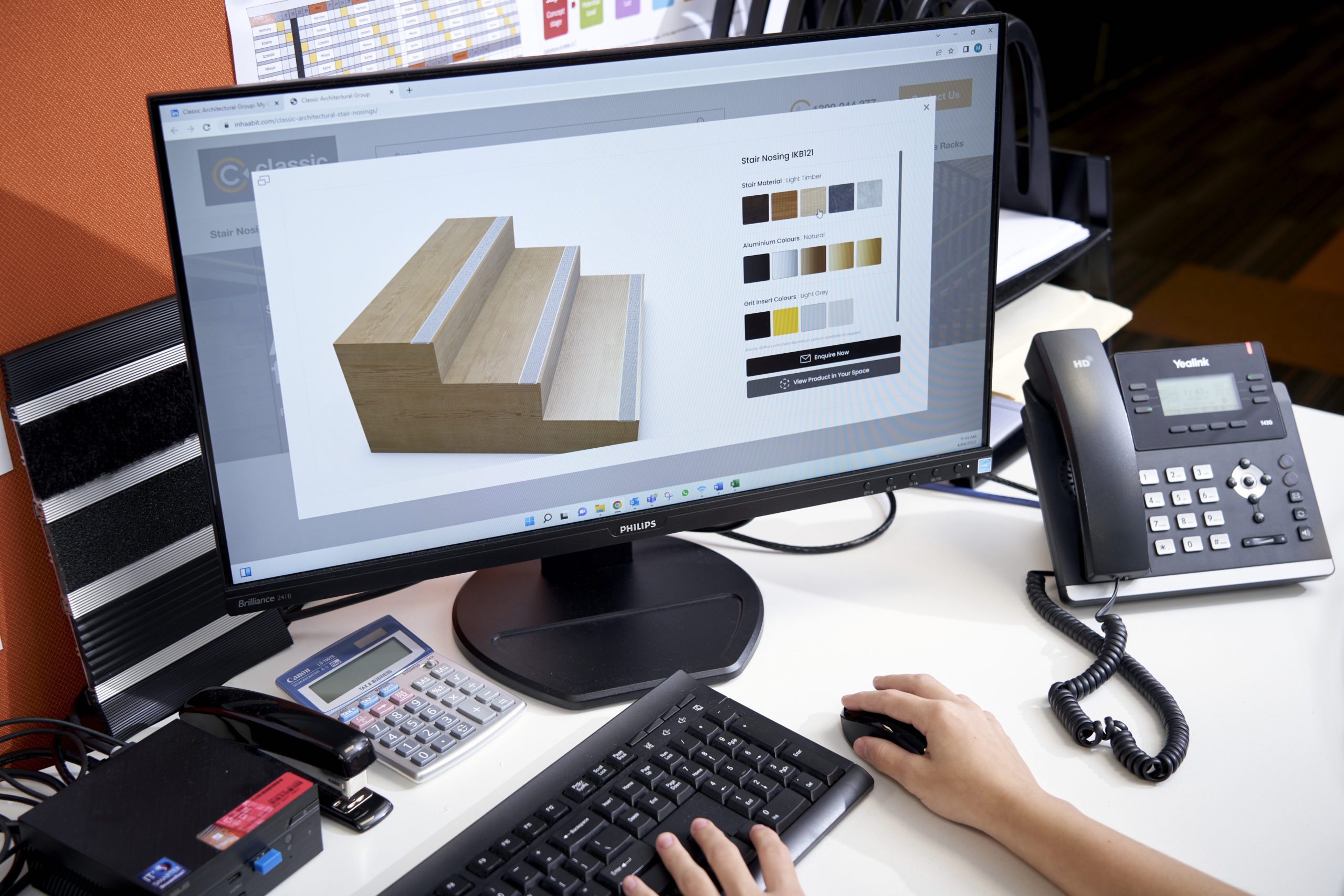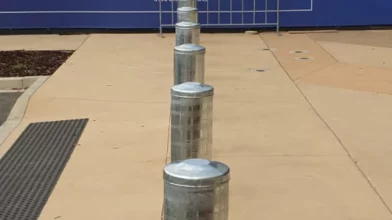Most people have seen tactile ground surface indicators (TGSI’s) in action, but unless you are vision impaired you may not realise just how important they really are. These products assist visually impaired pedestrians in avoiding hazards and enjoying confident, independent mobility within the urban environment. TGSI’s are offered in two main types: Warning (dots) which indicate the presence of hazards, and Directional (bars) which help provide orientation guidance along a continuous accessible path of travel.
The following standards provide everything you need to know about where, when and how TGSI’s should be installed:
- Australian Standards (AS 1428.1-2009| Design for Access and Mobility)
- The National Construction Code/Building Code of Australia
- The Disability Discrimination Act (DDA)
At Classic, we’re passionate about ensuring safe access for all. Here is a list of public access areas that MUST have tactiles installed to ensure safe access for visually impaired pedestrians.
1. Stairways
Stairs are everywhere – from the entrance to the train station through to shops, lobbies, office buildings, shopping centres and many other places we interact with daily. People with full sight have no trouble recognising them, but to the vision impaired these structures can pose significant danger. The vision impaired experience twice as many falls as fully able individuals, and to reduce their level of risk the hazards need to be clearly identified. This is particularly important on stairs which have irregular steps or lack handrails.
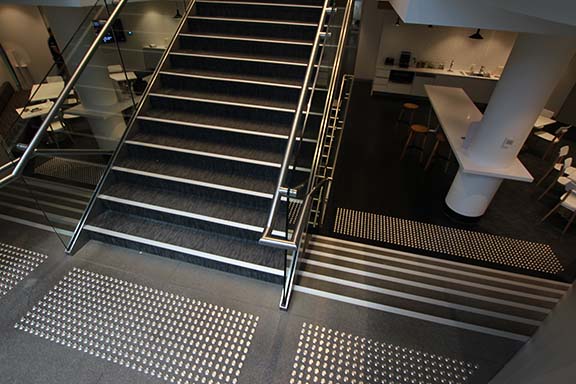
NOTE: TGSI’s are not generally required on intermediate landings when stairways are equipped with handrails on both sides that extend the full length without any breaks. The handrails are another crucial aid to the vision impaired, and they will rely on these to indicate the beginning/end of the stairway. If there is a break in the handrail, or if another path leads into the landing, TGSI’s should be applied.
2. Escalators
Many vision impaired people rely on escalators for their convenient conveyance between floors. As moving structures, it is important that all pedestrians can clearly determine where the escalator begins and ends.
3. Passenger conveyor/moving walk
Commonly found in airports and large public facilities, conveyor belts/moving walks significantly reduce the level of effort required to walk long distances. They are generally very safe, as they feature a flat surface and have handrails on either side. However, for the vision impaired, it is imperative that they know they are about to approach a moving conveyor, as they could otherwise be at risk of injury or shock.
4. Ramps
Sudden change in incline can be quite disconcerting to the vision impaired. Ramps or stairs with an approach of 3 metres or greater must have tactiles installed at a minimum depth of 600mm. Ramps or stairs with an approach of less than 3 metres can have tactiles installed at a depth of 300mm.
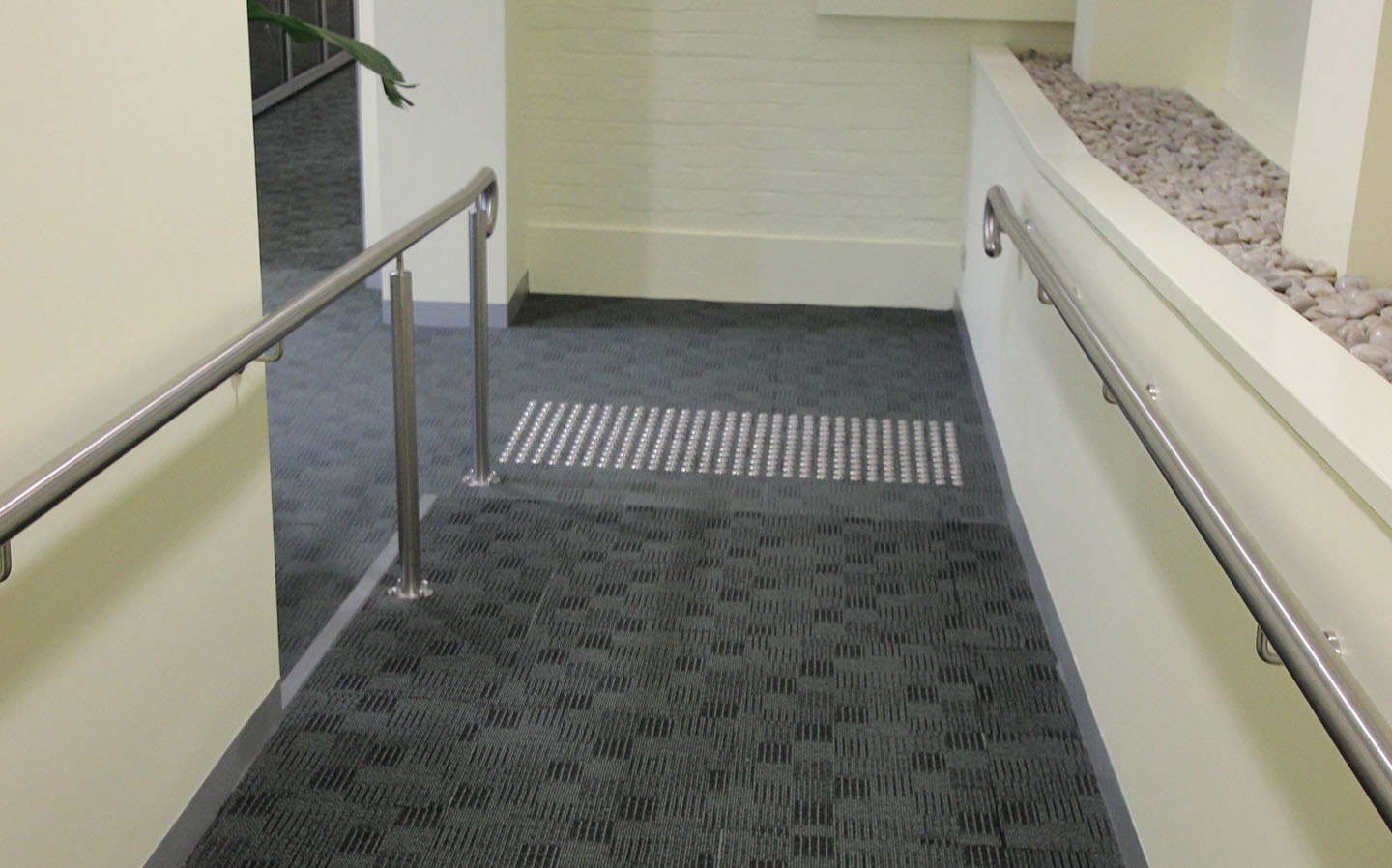
5. Areas which lack suitable barriers
Sometimes hazards are not protected by railings or other suitable barriers, and this could include everything from overhead pipes through to open spaces with shared vehicle/pedestrian access at the same gradient, public phones and ferry/train platforms. In areas which lack suitable barriers, tactiles must be installed if there are any overhead hazards less than 2 metres above ground/floor level, and this is specified within section D3.8 of the Building Code of Australia.
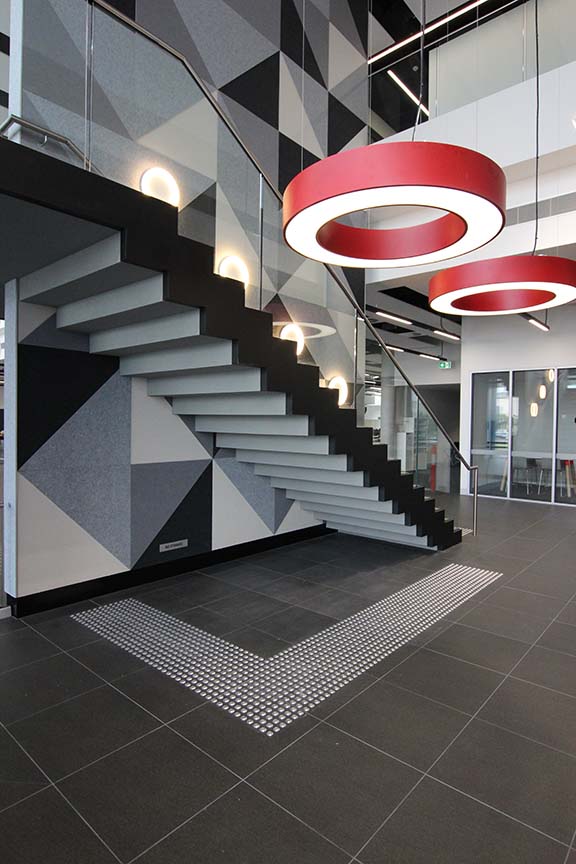
6. Pedestrian Crossings
Tactile Indicators are essential at pedestrian crossings to indicate where a safety crossing begins and ends. Without proper indication, visually impaired pedestrians would always be in a very unsafe situation.
Safer Cities for All – Contact Classic Today!
We’ve all seen tactiles before, but we hope this article has helped you to understand a little more about their purpose for the visually impaired community and the access areas that must have tactiles to ensure a safety of visually impaired pedestrians .
Classic Architectural Group are a leading supplier of TGSI’s within the Australia Pacific region. We are proud to play our part in enabling safe, equitable access to public spaces within Australia, and we are here to answer any queries you may have about tactiles.
For more information on Purchasing and Installing Tactile Indicators, please access our Product Application Guide for Tactiles or get in touch with us today. You can reach us at 1300 244 377 or chat with us on our website.
